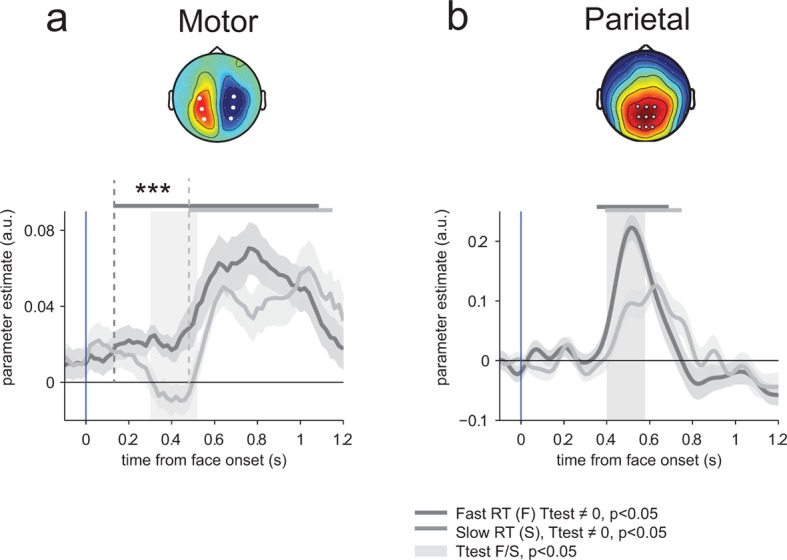Figure 7. Encoding of emotion strength as a function of reaction times (RT) in motor and parietal structures.

(a) Neural encoding of emotion strength for THREAT+ conditions in motor lateralization for fast and slow reaction times (RT): when RTs were fast, the encoding of emotion strength became significant at 150 ms and rose gradually until response; by contrast, when RTs were slow, the encoding of emotion strength became significant later at 540 ms. Shaded error bars indicate s.e.m. Thick dark and light grey lines indicate significance against zero at a cluster-corrected p-value of 0.05. Shaded grey bars indicate significant differences between fast and slow responses. Encoding latency is significantly different between fast and slow RTs, ***: p<0.001 (b) Emotion strength encoding in parietal electrodes. Convention are the same than (a). Fast responses are associated with a stronger neural encoding of emotion strength, but without any change in encoding latency.
